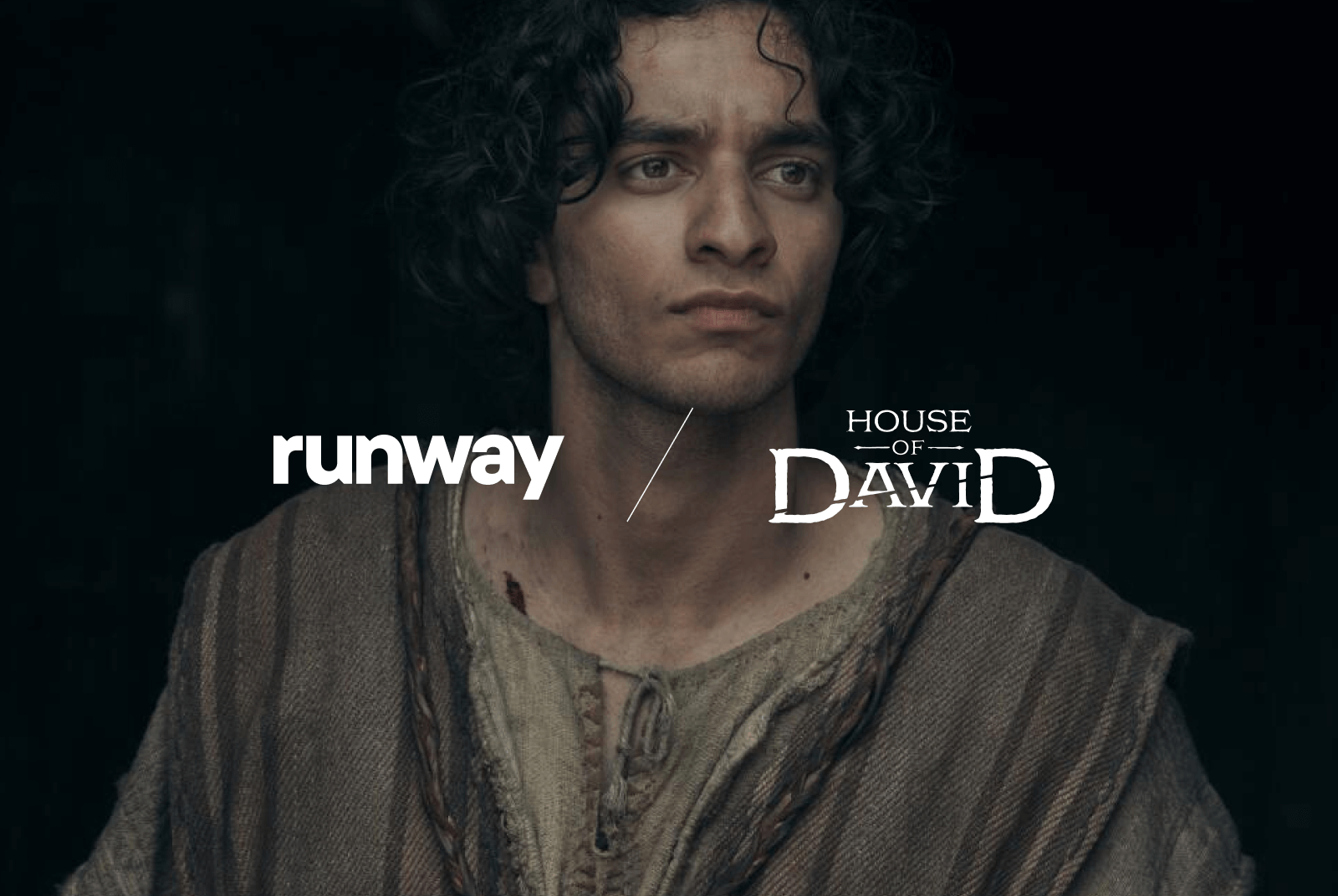
Andy Christoforou is an Architect and Senior Applied Technology Specialist at KPF, leading the firm’s Visualization and AI efforts. A global architectural practice with a portfolio that includes a wide range of projects, including some of the world’s tallest towers and most complex developments, KPF is dedicated to elevating cities through impactful design. As a pioneer in their industry, KPF is constantly incorporating new and emerging technology to streamline their workflows and innovate for their clients.
Can you tell us a little bit about the creative process in a typical project at KPF?
Once we understand what the client is looking for in terms of budget, aesthetic, environmental considerations etc., our designers create a conceptual schematic design of the building. From that schematic, we create preliminary renderings that show what the project will look like in its environment after it’s built—all of this happens in the pre-build phase of the project.
The next step is to bring those static renders to life by animating them. These animated renders are extremely important during the pitch process when we’re trying to win new projects, and can often be a determining factor in which firm is awarded a project. It helps the client really visualize the design and the building we’re proposing.
Where in that process are you finding Runway’s tools to be most useful?
Typically during the concept phase we will either do the static renders in-house or outsource them depending on complexity and bandwidth. Where Runway has been incredibly helpful is on the animation front. We have historically outsourced these animations, but they eat into the project’s budget—a minute of footage could cost thousands of dollars—and you also have extended timelines; you have to account for the brief, reviews, markups, and potential miscommunications. It usually takes 2 weeks to get a minute of footage back.
With Runway, our team can animate a static render in-house, and what usually takes 2 weeks and thousands of dollars now takes a few hours at the cost of the Runway credits we’re using to animate the piece. It’s not only more streamlined and cost effective, but it empowers our own creatives to realize their own vision instead of trying to communicate that vision to someone else, which takes a lot of time and has the potential to be misinterpreted.
What are you excited about unlocking in the future as the technology continues to improve?
I say this as a compliment: we know that this is the worst this technology will ever be. We know things will continue to improve, and improve quickly, and it will unlock more possibilities with what we’re able to do with the renders of our projects and allow us to bring even more elements of our projects in-house.


